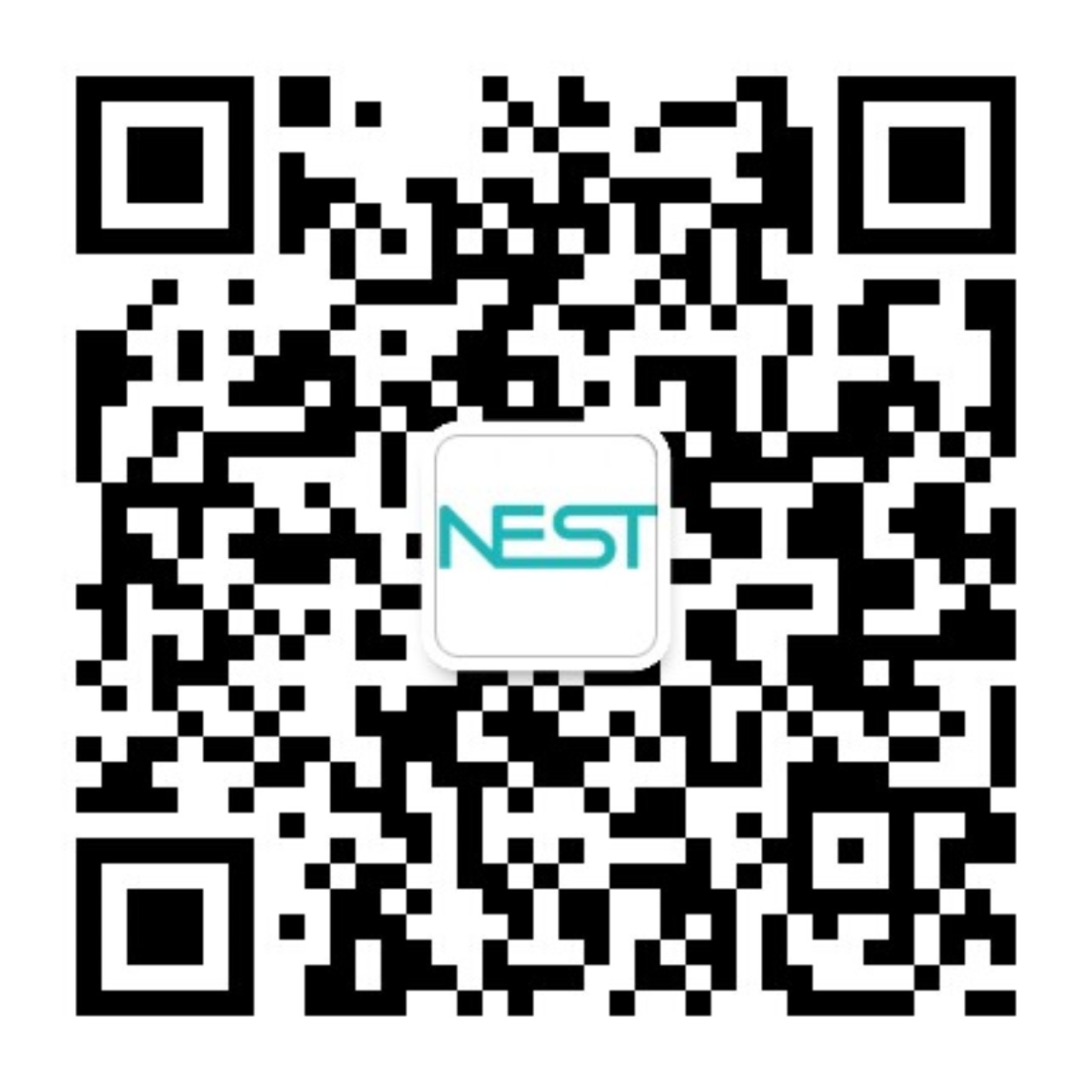No need to add the samples meticulously.
No need to collect cells with great care by pipetting the white membranes.
Features
Rapid separation and purification for PBMC within only 15 min.
Simple operation procedures: when collecting samples, directly decant the centrifuge tube. No other professionally technical operations are required. No need to slowly and laboriously add samples into the solution
Good reproducibility for reduced errors and less operation variation among users.
E-beam sterilized with SAL=106
No heat source; no nucleases
Instructions
Preliminary Preparation
1) Equilibrate the separation solution away from light to the room temperature (RT) .
2) Prepare in advance the anticoagulated blood and bone marrow. It is suggested add saline to dilute the sample properly according to its density, so as to improve the separation performance.
Separation
1) Add the separation solution by a serological pipette through the central hole of the nested container: for a 15 ml tube, add approximately 4 ml separation solution; for a 50 ml tube, add approximately 13 ml separation solution; Please ensure the separation solution on top of the nested container throughout the procedure.
2) Slowly pour or pipette the anticoagulated sample (blood or bone marrow, diluted with saline if needed) along the tube wall into the tube slowly: for a 15 ml separation tube, 4-9 ml of the sample is recommended; for a 50 ml separation tube, 13-30 ml of the sample is recommended.
3) Centrifuge at room temperature with a centrifugal force of 1200 x g for 10 minutes, then turn off the centrifuge. For samples left for more than 24h, longer centrifugation time is recommended.
4) Collect the enriched cells (lymphocytes/PBMCs cells) and pour the supernatant from the separation tube into another clean centrifuge tube, during which the nested container works efficiently to prevent the enriched cells from re-contamination by erythrocytes and granulocytes. Don’t invert the separation tube for more than 2s. (Notes: It is advisable to collect or directly discard the plasma layer of 5-10 mm above the enriched cells before collecting the cells after centrifugation to prevent the enriched cells from re-contamination by platelets.)
5) Wash the enriched cells (lymphocytes/PBMCs cells) with Phosphate Buffer Solution(PBS) then centrifuge them at 250 xg for 10 min.
6) Repeat the washing 2 times as in step 5 and finally re-suspend cells with 5 ml PBS.
PMBC Separation Through Peripheral Blood Lymphocyte Separation Tube
Liquid separation condition after centrifugation (from top to bottom): A. plasma; B. enriched cell fractions (intermediate phase contains lymphocytes/PBMCs cells); C. separation solution; D. nested container; E. precipitation (erythrocytes and granulocytes).
Warning
1) This product should be operated by professionally trained personnel under the guidance of good laboratory practices.
2) Do not re-use the separation tube.
3) Specific separation effects may vary due to the difference in centrifuges’ performance from different brands and the difference in regional temperature and environment. Users may adjust the speed and time of centrifugation to find out the best separation conditions (up to respective laboratory).
4) The product is applicable to the sample of human peripheral blood, bone marrow and umbilical cord blood, but not to leukocyte isolation samples, samples with brownish yellow layer of erythrocyte sedimentation nor samples over 48 hours.
5) After centrifugation, cells may aggregate on the tube wall above the enriched layer, which is a normal phenomenon influenced by the quality, sample placement time and anticoagulant type of sample, but independent of the use of the separation tube. Cells can be removed by scraping the interior wall with a pipette tip.
6) When specimens of any biological origin are involved, operate the blood taking needles, blood collection tubes and related instruments, etc. cautiously in accordance with strict protocols. Do treat specimens as hidden dangerous sources of infectious diseases such as HIV, HBV, HCV, etc, in which case disposable gloves are necessary in order to avoid the risk of infection during operation.
If you have any problem, please feel free to contact us.
TEL:0510-6800 6788
E-mail:info@nest-wuxi.com







